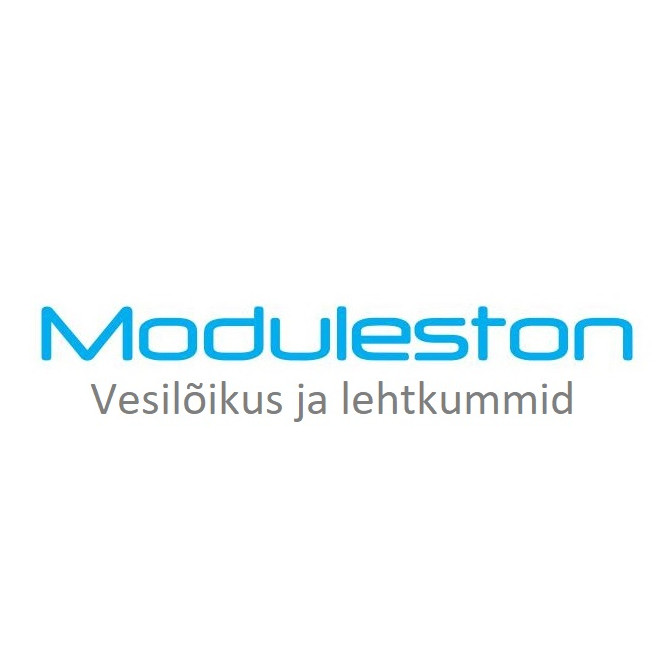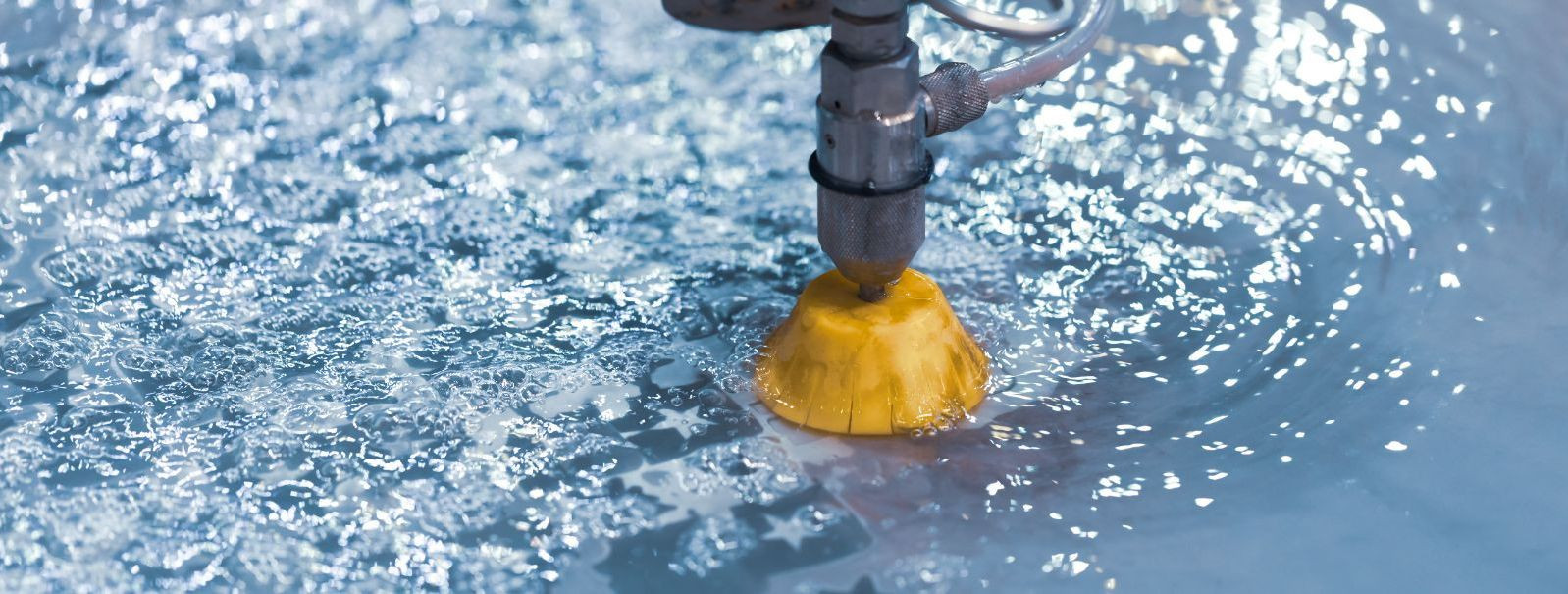The environmental benefits of pure waterjet technology
Pure waterjet technology is a cutting method that utilizes a high-pressure stream of water to cut through materials. This innovative technique employs water at pressures that can exceed 50,000 psi, creating a jet strong enough to slice through a variety of materials with precision.
Unlike traditional cutting methods such as laser or plasma cutting, pure waterjet does not generate heat, thereby eliminating the risk of warping or altering the material's intrinsic properties. This aspect is particularly crucial for manufacturing businesses, construction companies, and industrial fabricators who demand high-precision cutting for materials like rubber, plastics, and porous materials.
Environmental Advantages of Pure Waterjet Cutting
Pure waterjet technology is celebrated for its ability to minimize material waste. The narrow kerf— the width of the cut—allows for tight nesting of parts, which maximizes material usage and reduces scrap.
The absence of hazardous chemicals or gases during the cutting process makes pure waterjet an environmentally friendly option. It eliminates the need for disposal of toxic by-products, contributing to a cleaner production environment.
Waterjet cutting systems are designed to be energy-efficient. They consume less power compared to other cutting technologies, which not only reduces operational costs but also lessens the carbon footprint of the production process.
Since pure waterjet cutting does not produce heat, there are no heat-affected zones. This means that the integrity of the material remains intact, preventing any weakening or structural changes that could lead to product failure and waste.
Modern waterjet machines are equipped with closed-loop systems that allow for the recycling and reusing of water, significantly reducing water consumption and the environmental impact associated with water use.
Operational Benefits Tied to Environmental Efficiency
The precision of pure waterjet cutting is not only beneficial for product quality but also for environmental sustainability. By producing parts that meet exact specifications, there is a significant reduction in the rate of rejects and rework.
The smooth and precise cuts achieved with waterjet technology often eliminate the need for secondary finishing processes, which can involve additional materials and energy consumption.
Pure waterjet cutting contributes to a safer workplace by reducing emissions and the risk of accidents associated with traditional cutting methods. This leads to a healthier environment for workers and lessens the overall environmental impact of manufacturing operations.
Adopting Pure Waterjet Technology in Northern Europe
In Northern Europe, stringent environmental regulations are in place to ensure sustainable manufacturing practices. Pure waterjet technology aligns with these regulations by providing a clean and eco-friendly cutting solution.
By adopting pure waterjet technology, companies in Northern Europe can enhance their commitment to sustainability. This technology supports the goals of reducing waste, lowering emissions, and conserving resources, which are key to sustainable manufacturing.






Comments (0)